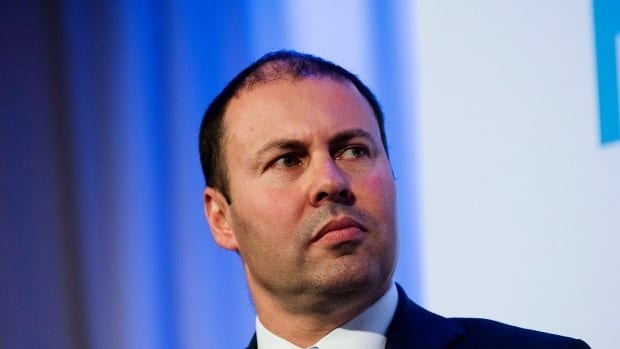Remember Gollum from Lord of the Rings? The Australian federal government is doing a pretty good impersonation of the twisted fictional character, as it wrestles with its own internal demons in trying to put together a credible energy policy, and possibly a clean energy target.
Indeed, energy minister Josh Frydenberg managed to capture those internal conflicts in a single speech on Monday, when he addressed an energy conference in Sydney.
On one hand, he punctured the conservative argument that the renewable energy target required billions of dollars of subsidies to get built.
The Australian newspaper, among others, has been mounting a relentless and misleading campaign claiming that the renewable energy target is costing $2 billion a year, or more than $45 billion over the length scheme.
It’s rubbish of course. As Frydenberg pointed out, projects such as the 530MW Stockyard Hill wind farm are being built at a cost of less than $60/MWh, significantly below the prevailing wholesale price of electricity in the coal and gas dominated state – and this included the generators signing away the LGCs (renewable energy certificates).
Many other wind and solar projects are doing the same thing. In other words, no actual subsidy. Just a mechanism to get them built.
It sets up the bizarre situation where you now have the right wing of the Coalition arguing that a CET is not needed because it would be expensive and renewable subsidies would be a horrendous burden, and the “moderates” defending the lack of a CET on the basis that it is not needed because renewables do not require any subsidy at all.
Something’s not right. And all in the name of protecting Gollum’s “Precious”, which in this case is their precarious hold on power, if not of their senses.
At the same time, Frydenberg then claimed that renewables without storage are a “costly burden”, although he didn’t exactly say how or why.
“While renewable energy advocates quickly seek to justify their subsidies by pointing to emissions as a costly externality it is only fair to point out that renewables without storage are also a costly burden.”
Where are we heading with this? The AFR, in a front page lead, took this to mean that the Coalition government would drop the idea of a clean energy target at all.
But Frydenberg also understands he still needs a mechanism to effect the transition to a low-carbon grid, and to help Australia meet its Paris climate targets, if that’s what the government still intends to do.
The current market structure includes all manner if direct and indirect subsidies to fossil fuels, and as Frydenberg noted, the biggest factor in recent price jumps has been the lack of competition in the market.
“This concentration can affect bidding behaviour as the companies know that their market dominance guarantees dispatch regardless of price,” he said. “While this type of behaviour may technically be within the NEM rules, it is not in the long-term interests of consumers.”
Too right. The best way to address that is, of course, to introduce more competition. And the best way to introduce more competition is to introduce more renewables.
Corporates are starting to understand this, knowing that renewable energy can provide lower cost, and fixed prices for electricity. No longer are they subject to the gaming of the big fossil fuel plants.
And the best way to encourage more renewables is to have a mechanism that, say, aligns Australia’s energy policy with its commitment to the Paris climate target. The good news is that, like the RET, a new mechanism would cost a lot less than people make out. In fact, it will likely cut prices.
Just how Frydenberg puts all this into a coherent policy document remains to be seen. It is one thing to try and satisfy the Far Right climate deniers within the Coalition, quite another to lay out a plan for a cleaner, smarter and cheaper solution.
As Michael Liebreich, the founder of Bloomberg New Energy Finance, has pointed out, baseload – if that is the answer – is a 19th century answer to a 21st century question. Asking wind and solar to resemble coal-fired generators is pointless and expensive. There are smarter ways to deal with this.
Labor leader Bill Shorten, speaking at the same conference, said his party was prepared to cut a deal on a CET, if prime minister Malcolm Turnbull has the courage to put one on the table.
And everyone agrees that something needs to be put on the table: AEMO boss Audrey Zibelman, speaking at the same conference, said some sort of official clean energy target was required to spur further investment in new capacity.
“It’s going to happen anyway, we just need to make sure we have the systems that produce the best outcomes for consumers.”
In the meantime, Labor proposes the creation of renewable energy zones – areas with the right resources, topography and developer interest to drive cost-effective renewable projects.
He also said that the existing National Energy Market rules are “biased in favour of big generators” and are stacked against householders and consumers.







